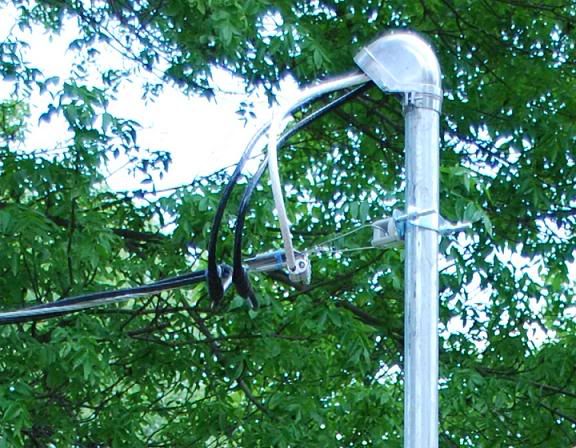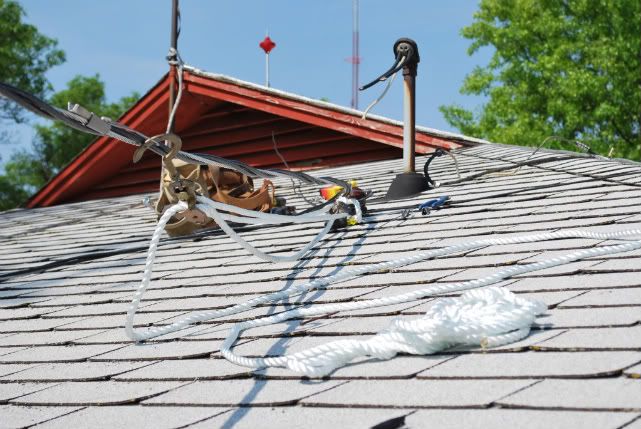laketime
Senior Member
I am looking at a project that involves removing and relocating some existing overhead triplex wire (3-#2's & #8) to a new location. I have never done this and and I looking for ideas on how to relieve the strain on the wire and move it. Also new 2" conduit up has to be secured enough above the roof to support the strain of the wire, I could use some suggestions on this as well. Thanks




